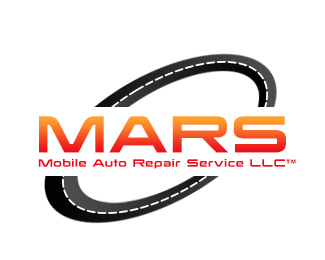The transmission works with the engine to provide power to you car’s wheels. Whether automatic or manual, the transmission plays a major role in the overall performance of your car. Make sure to check it at the first sign of problems.
A transmission/transaxle keeps the engine’s output optimally matched to the speed and load conditions. The torque converter, connected to the automatic transmission/transaxle input shaft, connects, multiplies and interrupts the flow of engine torque into the transmission. Universal and/or Constant Velocity (CV) joints connect to the driveshaft to transmit output power from the transmission to the rear axle on rear-wheel-drive cars and the front axle on front-wheel-drive cars. These joints also allow the driveshaft and/or CV shaft to work at an angle. The several different types of automatic transmission fluid serve multiple purposes: cleans, cools, lubricates, transmits force, transmits pressure, inhibits varnish buildup and continually protects the transmission.
Typical Wear and Tear
Wear and tear on the transmission can be influenced by:
- Driving habits
- Towing or excessive loads
- Operating conditions
- Condition of the transmission fluid
- Frequency of regular maintenance
Symptoms
- Slipping
- Hesitation
- Bucking
- Grinding gears
- Difficulty shifting
